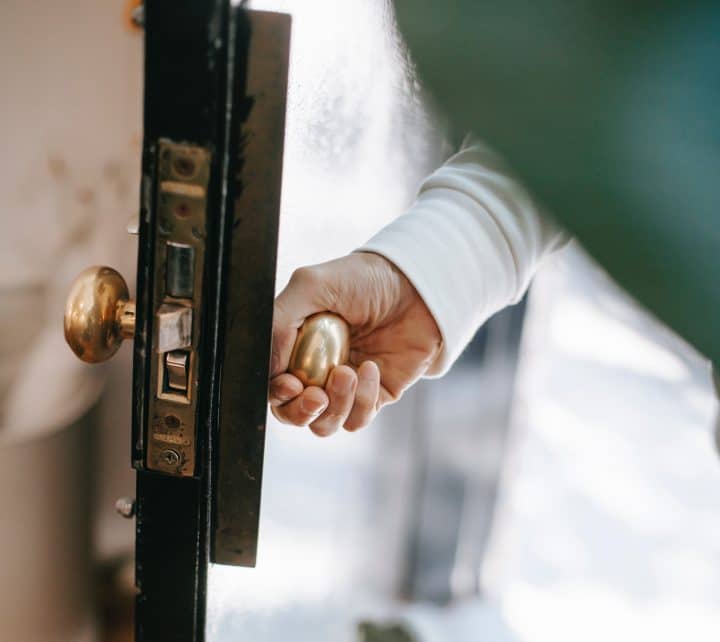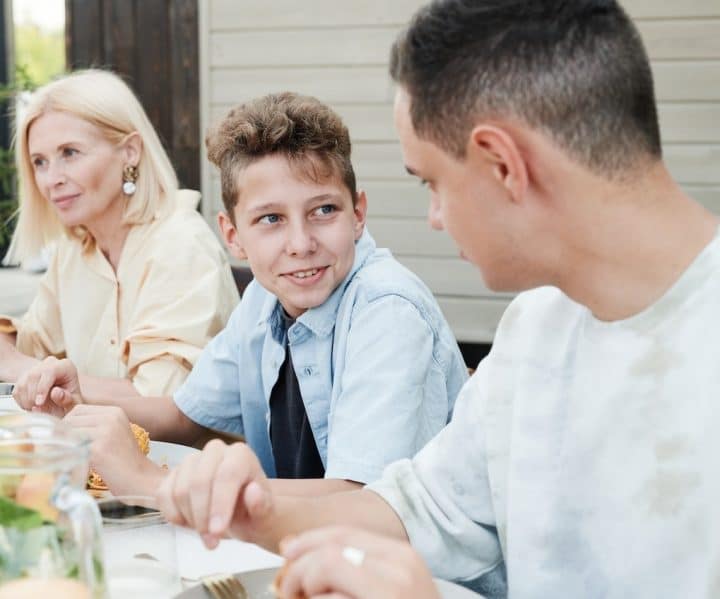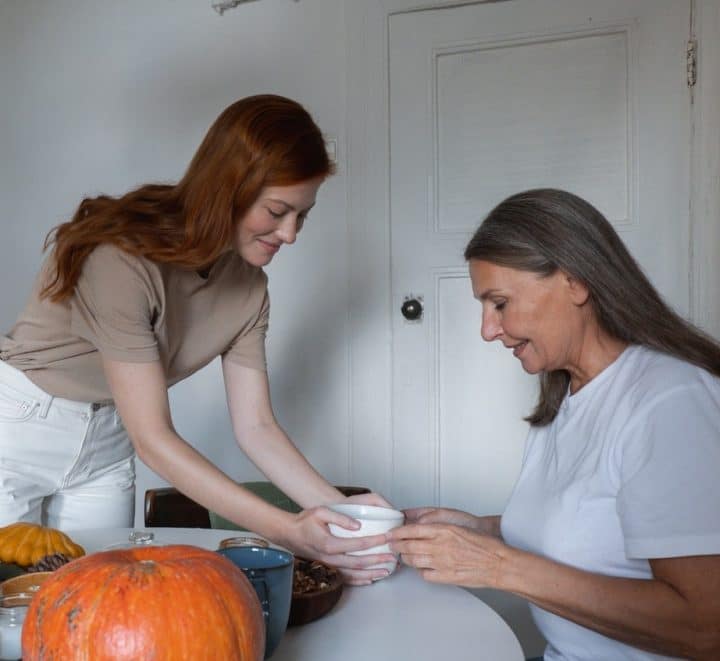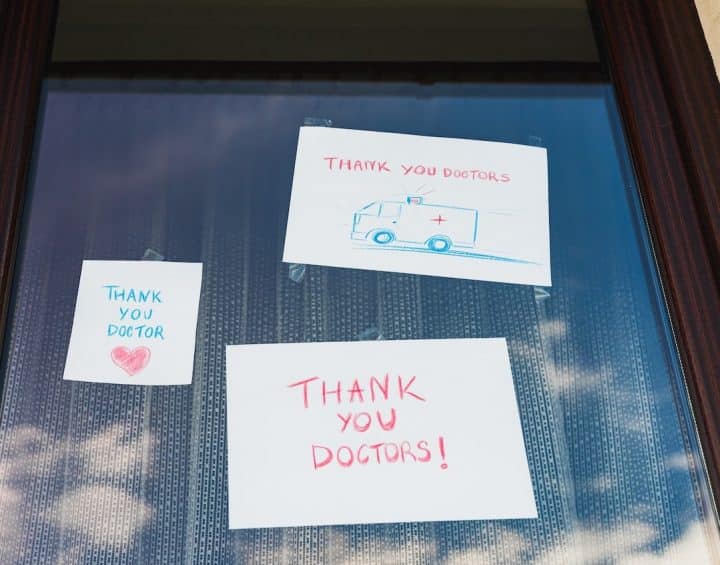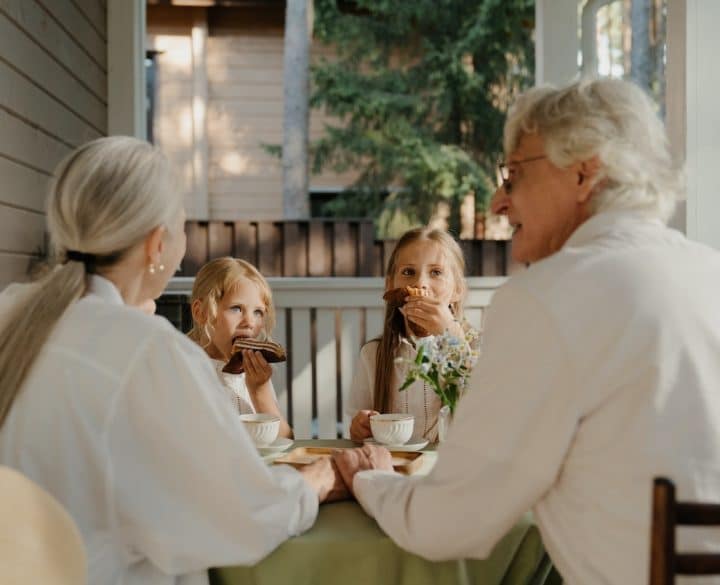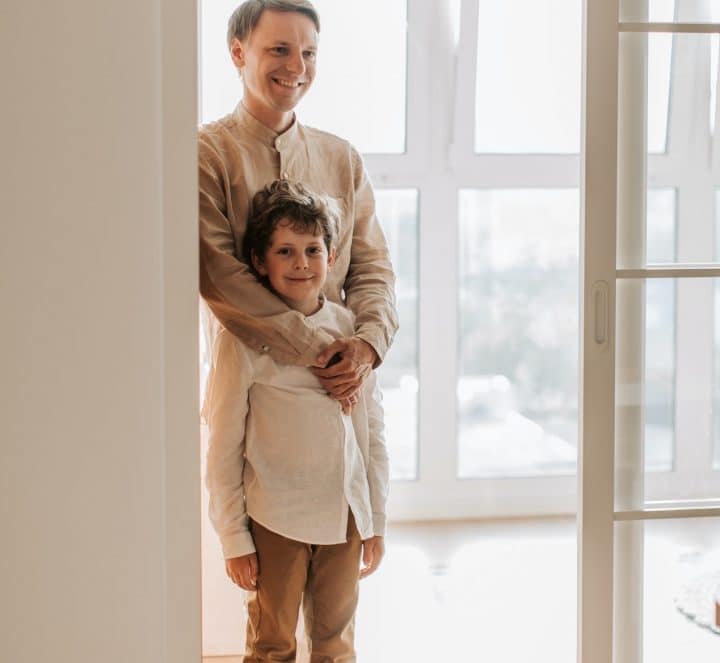Indeed, we’ve heard our parents or elders voicing out their frustrations about manners for kids. Some younger generations may seem to lose the value and importance of having good manners and the right conduct.
However, many would argue that time changes, and some things don’t stay the same. Does this include politeness and being courteous?
Let’s understand the importance of teaching manners to kids, and we’re sharing tips on how to teach our kids politeness.
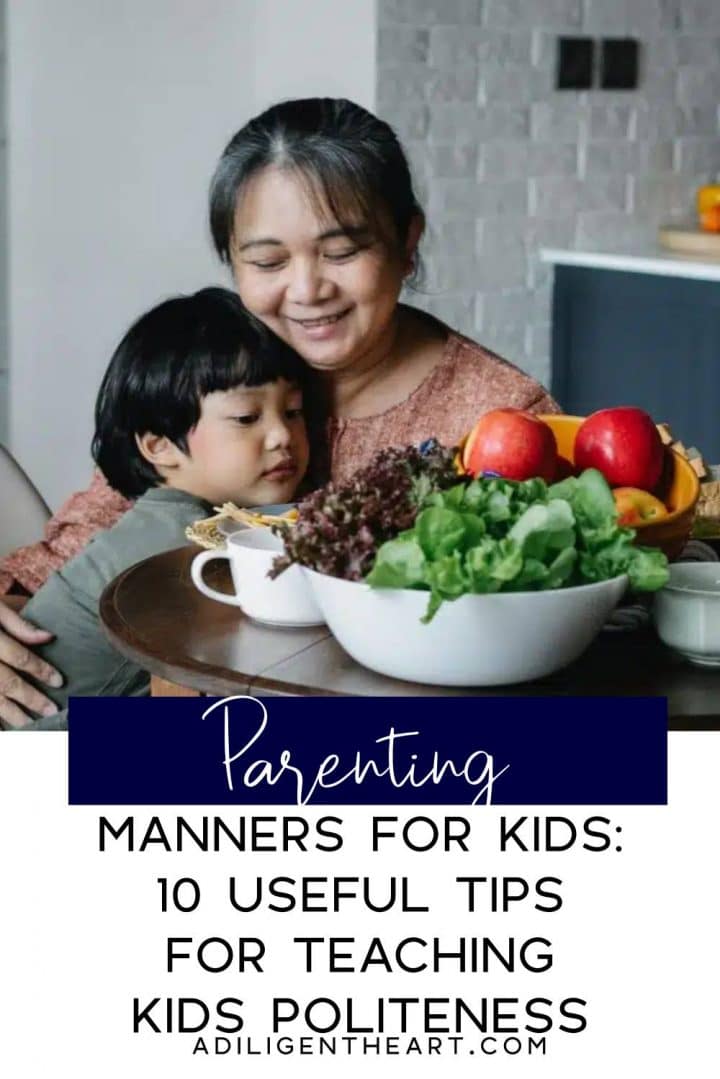
Manners for kids: 10 essential skills of politeness
A post from AllProDad.com has been reposted on other blogs, and the sentiments have gone viral over the last few years.
The author’s post “10 Specific Good Manners Your Kids Need to Know” really hit home for some people.
He notes:
“Once learned, good manners make everyone’s life more pleasant…Societies that function on a high level are called civilizations for a reason; civility is a prerequisite. Likewise, families that learn to practice good manners don’t only function smoothly on the outside, they experience more positives and reduced conflict internally.”
For you, what are manners? Do you think this would be relevant for everyone? Or is this expectation outdated?
For example, just because those over 40 were made to write thank-you notes for gifts doesn’t mean a snail mail letter is the only way to express gratitude today. Of course, for some, it is non-negotiable.
Having said that, here are 10 tips that we can teach our kids about good manners.
Open the door for others
For some, this one seems a bit old-fashioned, and sometimes it can get out of hand when the person you’re trying to open the door for is forced to rush to keep you from waiting too long.
However, most people can sense the right time to hold open a door (and can look to their parents, hopefully, as an example).
But we’re even bigger fans of the rest of this lesson to “yield the sidewalk and hold the elevator.”
Use “thank you” and “you’re welcome” routinely in conversation
This one seems like a no-brainer. We are familiar with this and they even teach these manners for preschoolers.
Please and thank you are some of the first words we learn, and parents can help make it a habit.
Once it becomes a part of your vocabulary as a child, things run more smoothly in life. This is particularly the case for “you’re welcome,” a phrase that’s dropped out of use in favor of less polite terms such as “no problem.”
Polite phone protocol
The use of smartphones is a divisive issue, don’t you agree? We’re nearly all addicted to them, regardless of age.
However, the point is that children need to learn (and learn by watching their parents do it too!) that the people around them deserve the same attention as those they’re interacting with online, perhaps, even more.
Dad’s advice: “Turn the phone off during meals, movies, classes, and conversations. This includes texting.”
We don’t want to spend time eating together physically, but everyone is busy using cell phones, right?
Put others first
There’s a difference between enduring a minor inconvenience to help someone else out (such as waiting to hold the door for an older adult) and being a doormat.
We need to know the difference.
Perhaps we can’t always put others first. Still, the point is “holding doors, stepping aside, offering the last cookie, giving up your seat, changing a tire, carrying groceries, and offering a hand” are all simple ways to pay respect to the people around you.
Thank you notes
Here, the author points out that written thank-you notes are a fundamental skill. It’s a small gesture but has a big impact.
“Nothing elaborate is necessary, but the effect is always memorable,” he writes.
These days, an email or a text may do for some. But perhaps the more significant point is that it’s good to teach kids to go out of their way to say thank you to someone who has given them a gift or done them a favor.
Shake hands and make eye contact
While shaking hands (and sharing germs) may become a thing of the past, the point is that greeting people by taking the time to acknowledge them is a crucial skill.
Just saying “hey” with your head down isn’t going to get you very far in life. It is not the old-fashioned etiquette lessons, but it’s still as good.
For those of us who were taught to smile and make eye contact when meeting, we know it’s worth the effort. It makes an excellent first impression, to say the least.
Be polite to people who serve
Everyone of every age should probably take a refresher course. For some reason, we got obsessed with thinking the customer is always right, and that’s just not true.
Because of this statement, some customers can be pretty awful and entitled.
Remember that we are the models of our kids. If you throw a hissy fit or fail to acknowledge the basic humanity of employees in a grocery store or restaurant, you can’t expect your child to take you seriously when you tell them to do it.
Practice manners at family mealtimes
What passes for dinner time has changed over the last few decades. That’s normal and we should understand that.
Family dinners aren’t terribly common, but that’s partly because we don’t expect all women to stay home and prepare meals all day. Some of us eat in front of the television.
Of course, you may think that’s uncivilized, but you have the option of changing whatever you want in your household. And if you do, it probably does make sense to use that time to practice most of the manners above.
Just remember that you can tell a child to do something, but if they don’t see it modeled by you, it’s probably not going to stick.
This is why manners are important, even in these simple situations.
Teach them to offer to serve people who enter your home
This advice may seem a little old-fashioned to some, but could it really hurt to teach kids to try and make guests feel welcome in your home?
What would you feel if you go into a home and you see kids acting like this? Wouldn’t you commend the parents?
Teaching kids to ask if they can take a guest’s coat or get someone a glass of water teaches them a larger lesson about being a gracious host.
Stand up when an elder enters the room
Dad thinks this one is a forgotten gem, but it may be controversial to say an essential good manner is standing for your elders.
It’s so uncommon that some people won’t even know why you’re doing it.
It used to be a sign of respect, but it’s probably not an essential skill these days. But that’s up to each parent to decide.
What’s nice is that teaching manners activities can be as simple as modeling it to your kids.
Takeaway
Learning how to teach your child manners and respect will never be outdated. Manners don’t go out of style. Some may think it’s old-fashioned, but it will still be greatly appreciated today.
Manners for kids aren’t only taught in school. They’re modeled by us, the adults. We show our kids how to act, and how to behave.
By showing good manners, we’re instilling valuable life lessons in them.
Source: AllProDad.com, YouTube – Dad University, Etiquipedia
